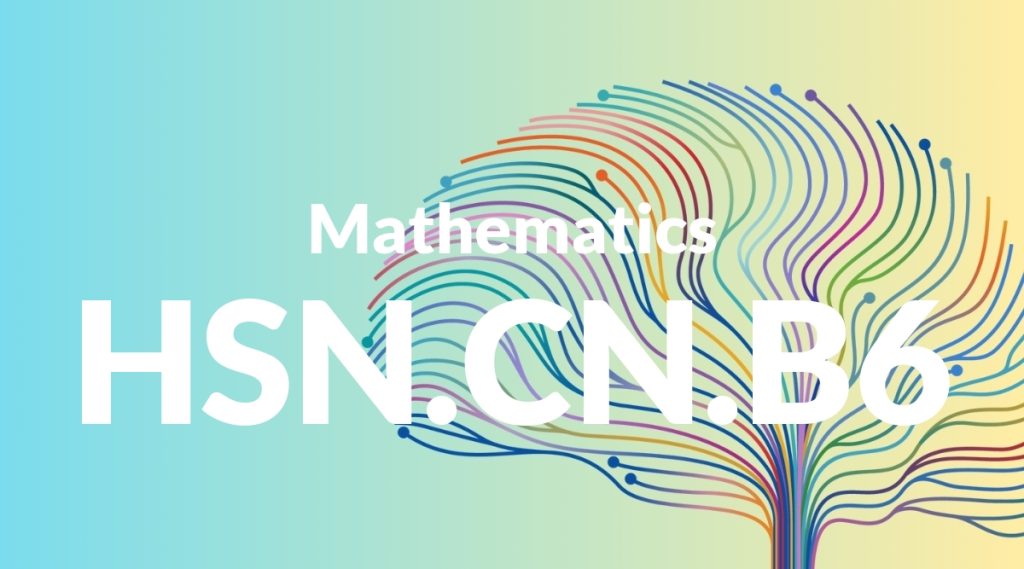Standard: HSN.CN.B6 – (+) Calculate the distance between numbers in the complex plane as the modulus of the difference, and the midpoint of a segment as the average of the numbers at its endpoints.
Grade level: High School: Number and Quantity
Subject: Mathematics
Domain: The Complex Number System
Teacher Overview
This standard focuses on calculating distances and midpoints in the complex plane, which is critical for understanding more advanced topics in mathematics and its applications in various fields. Mastery of this standard will enable students to solve complex problems involving geometric interpretations of complex numbers. Students should have a solid understanding of algebraic operations, the concept of complex numbers, and basic geometric principles. Familiarity with the modulus of a complex number is essential.
Mastering this standard will prepare students for more advanced mathematical concepts such as complex function analysis, polynomial equations, and applications in engineering and physics.
Common Misconception 1
A common misconception is that the modulus of a complex number is the same as its real or imaginary part. This is incorrect because the modulus represents the distance from the origin to the point in the complex plane, which involves both the real and imaginary components.
Intervention 1
To address this misconception, use visual aids such as graphs and diagrams to illustrate the concept of modulus and how it relates to the distance in the complex plane. Provide practice problems that reinforce this understanding.
Common Misconception 2
Another misconception is averaging the real and imaginary parts separately when calculating the midpoint. This leads to incorrect results because the midpoint should be the average of the entire complex numbers.
Intervention 2
To remediate this misconception, offer step-by-step instructions and examples that clearly show the process of averaging complex numbers as a whole. Use practice problems to reinforce this concept.
Prerequisite Knowledge
Students should be familiar with basic algebra, the concept of a number line, and the fundamentals of complex numbers, including their real and imaginary parts. They should also understand how to calculate the modulus of a complex number.
Subsequent Knowledge
After mastering this standard, students will be able to apply complex number operations to more advanced mathematical problems and real-world scenarios, such as solving higher-degree polynomial equations and analyzing complex functions in calculus.
Instructional Activities
- Graphing complex numbers on the complex plane and calculating distances.
- Using software tools to visualize complex number operations.
- Group activities involving real-world applications of complex numbers.
- Practice problems focusing on finding midpoints and distances in the complex plane.




